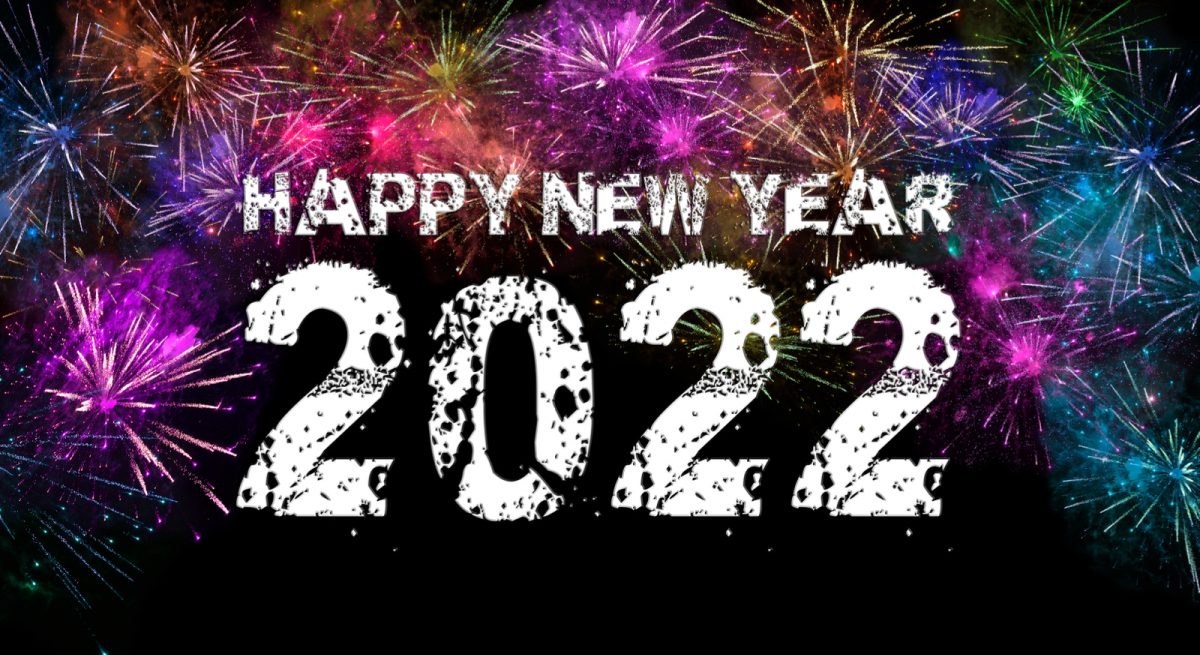How Restaurants Can Prepare for a Safe New Year’s Eve
4 Min Read By Shelby Blundell
It’s a fact that New Year’s Eve is one of the most dangerous holidays – 47 percent of men and 40 percent of women admitted to binge drinking to ring in the New Year, drunk driving accidents are significantly up and more pedestrians are killed on New Year’s Day than any other day of the year.
While businesses in the hospitality industry provide a fun and relaxed atmosphere for clientele to briefly escape their everyday routines, it’s also their responsibility to keep their patrons safe.
Ahead of New Year’s Eve celebrations, Society Insurance, which provides coverage to the hospitality industry, has put together the top four tips on how a restaurant can protect themselves, their patrons and their employees as well as create a safer environment on Dec. 31 and beyond.
Understand Your State’s Dram Laws
Laws regarding the sale and consumption of alcohol are not established by the federal government. Local authorities establish and enforce these laws, so the specific guidelines as to who can sell, purchase and consume alcohol and under what conditions (and the punishments for violation) vary widely across jurisdictions. Failure to manage the commercial sale of alcohol could threaten the success of a business due to increased liability exposure, both criminal and civil.
There are a variety of laws and regulations that could impact a business in relation to service of alcoholic beverages. One such law is a Dram Shop Act that may allow third parties or others to recover for damages caused by alleged overservice of alcohol. In addition to Dram, some states allow for the criminal prosecution of servers in cases where the alleged overservice caused damage to property or injury to people. Failure to follow the appropriate laws and regulations for your business could result in fines, jail, license revocation and/or bad publicity.
Don’t Be Afraid to Refuse Service
Make sure your bartenders know when to stop serving patrons. Potential signs of an intoxicated person include loud or agitated speech, ordering drinks rapidly, slurred speech, stumbling, spilling drinks, appearing drowsy, aggressive behavior and/or blood shot eyes. Don’t cut anyone off in front of others if you can help it. The manager should request the person to accompany him or her off to the side or a somewhat quieter place to break the news (but never alone. Take a buddy).
Keep it calm and state the facts. Do not be accusatory or aggressive. “I think you should call it a night. We are not serving you anymore. Do you have a ride, or can I call you a car?” Instruct your bartenders to not serve the patron anymore. Don’t negotiate.
Double Down on Conflict Resolution
Each patron who enters your establishment brings different ideas, interpersonal skill sets, prejudices and emotions with them. Add alcohol to the situation and your business is at an increased risk of an incident. Eventually conflict can happen. Shockingly, the average cost of a bar fight claim is $109,678.25 (based on Society Insurance information). This ranges from a few hundred dollars for some altercations to up to several million dollars for a single altercation. This can dramatically impact the bottom line for bar owners, which is why conflict resolution training is critical for bar owners and staff.
Recommended conflict resolution techniques include:
-
Capable door staff in place. The door staff is the first point of contact for patrons. They are among the first that have the task of determining if guests are of a proper age to enter and do not show signs of intoxication. They can also monitor for conflicts that may already be developing between customers before they enter. The actions you take at this point can resolve a potential conflict before it ever arrives.
-
Closely monitor alcohol service. Bartenders can help minimize the risk of a conflict developing by monitoring alcohol service using drink counting methods, observing patron physical and cognitive behaviors, pouring accurately measured drinks to avoid over-service, and employing a good cut-off policy.
-
Remain vigilant, especially during peak hours. Security and floor staff see what is happening throughout the operation. They are the eyes and ears of the operation and get the best view of what might be bubbling up throughout the night. This is when good conflict resolution skills can help to step in, de-escalate and manage the situation.
-
Implement comprehensive standard operating procedures and policies. The owner and management team can provide proper training to all staff including conflict resolution skill development training. Don’t overlook implementing good policies and procedures for the staff to act on, such as a strong cut-off policy, effective ID and non-entry policy, patron ejection policy, training and exercise for emergency situations, use of force policies and more. Provide regular training to ensure the staff possesses a clear understanding. Having the proper policies and training in place will help to minimize the impact of a conflict and maximize the effectiveness of everyone’s response when an issue arises.
Obtain Liquor Liability Insurance
It is highly advisable to purchase liquor liability insurance if you operate a business that sells alcohol. It’s no secret that alcohol service creates unique risks and exposure. Liquor liability insurance is critical for costly claims and litigation that arise because of alcohol service and damage or injury caused by an intoxicated person. Even if your bar is not liable in these complicated situations, your legal defense costs can add up quickly.
Preparation, good policies and good training help to minimize incidents all year long. By obtaining proper insurance coverage, understanding Dram laws, refusing service when applicable and practicing conflict resolution training, you and your staff will be more empowered to safely address challenges this New Year’s Eve and beyond.


